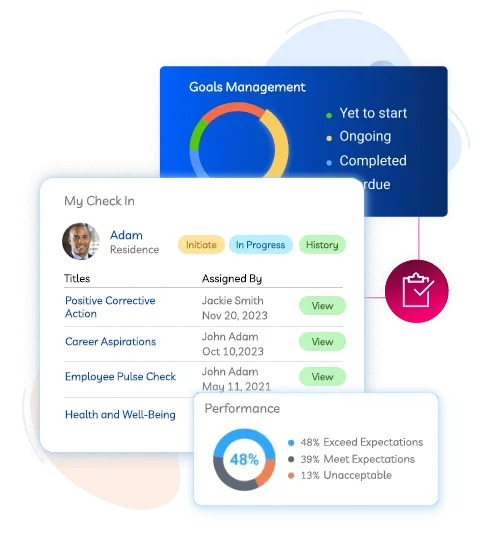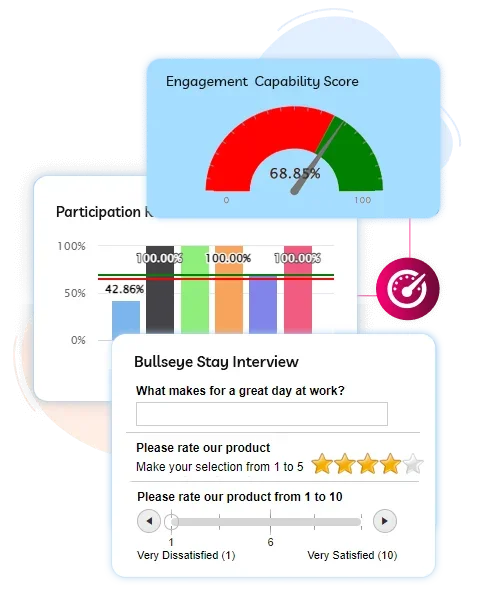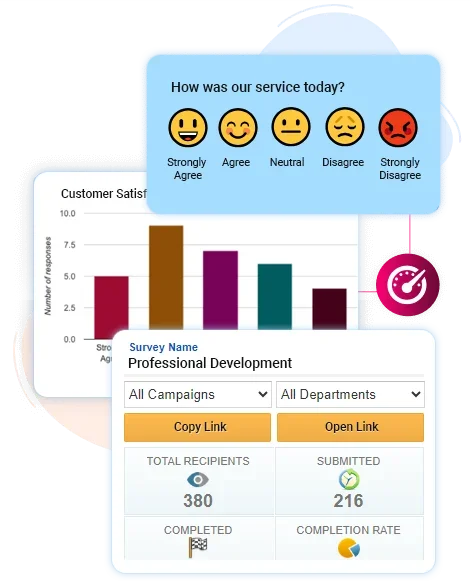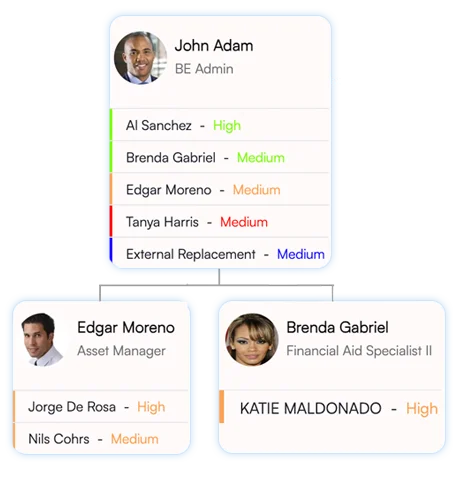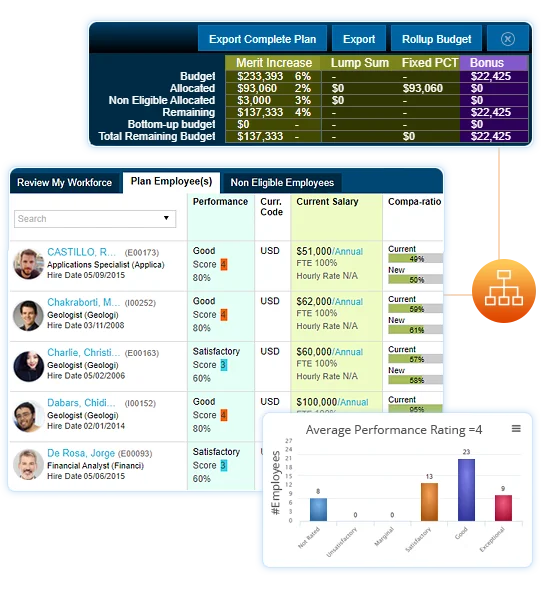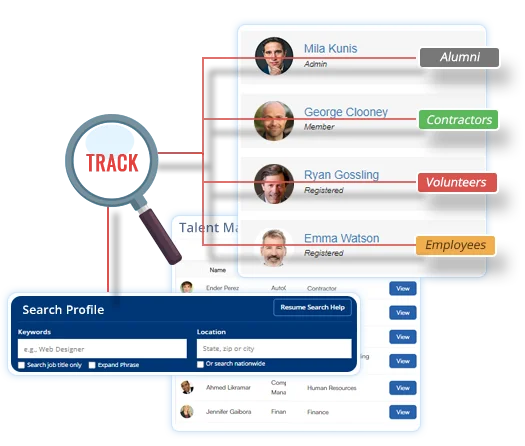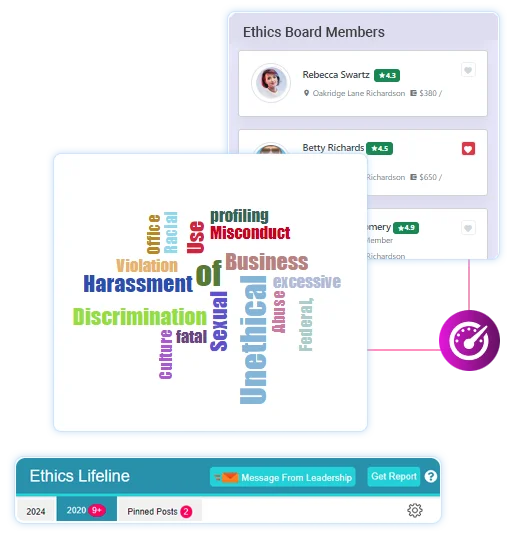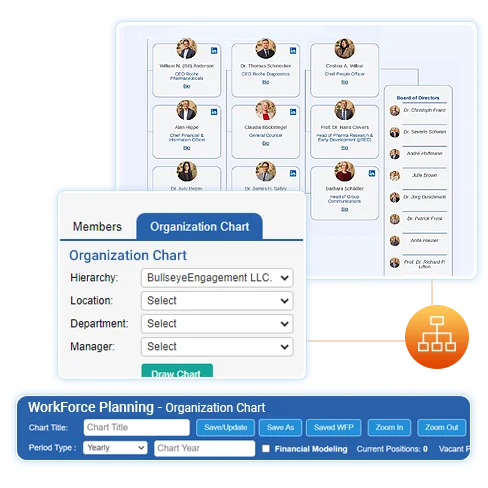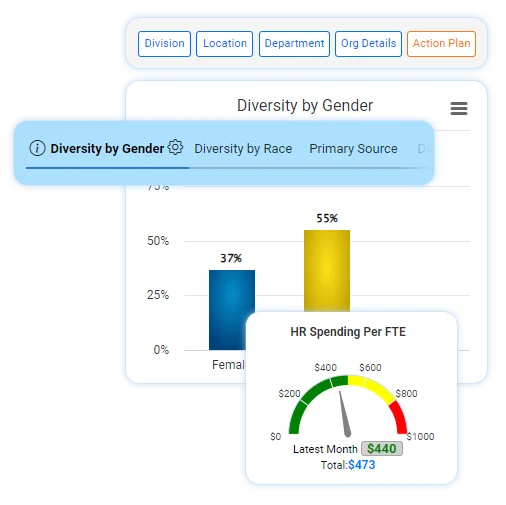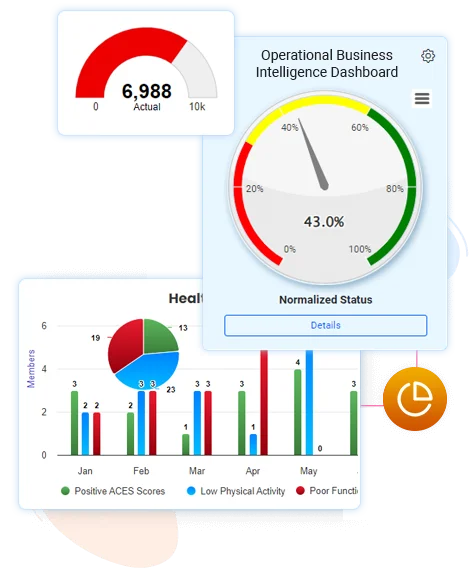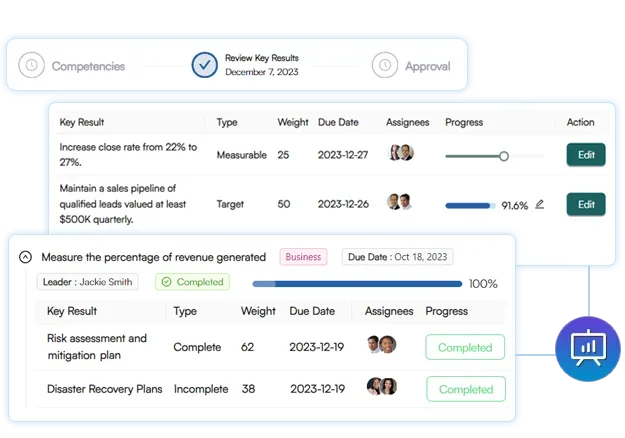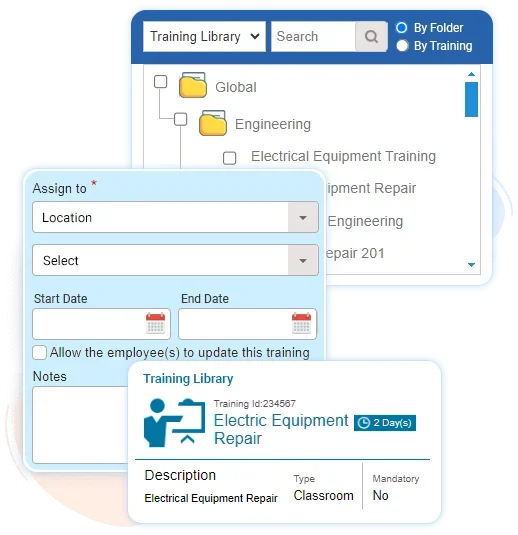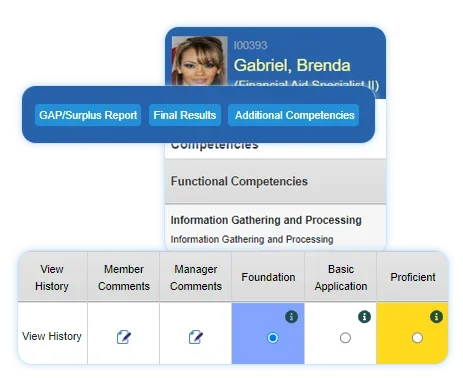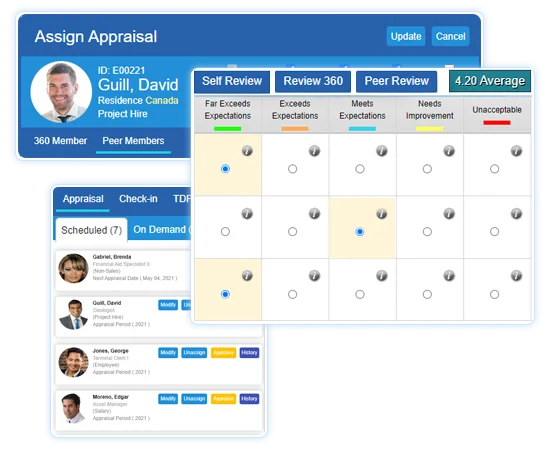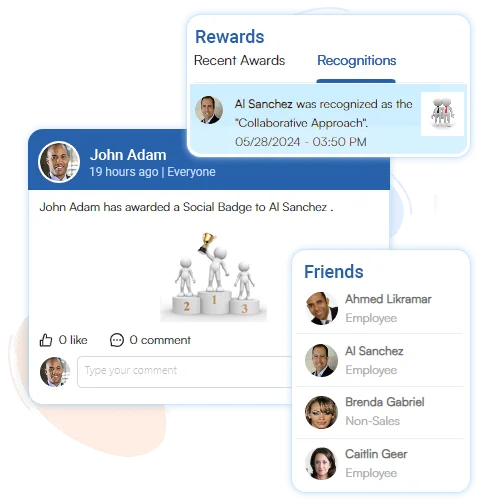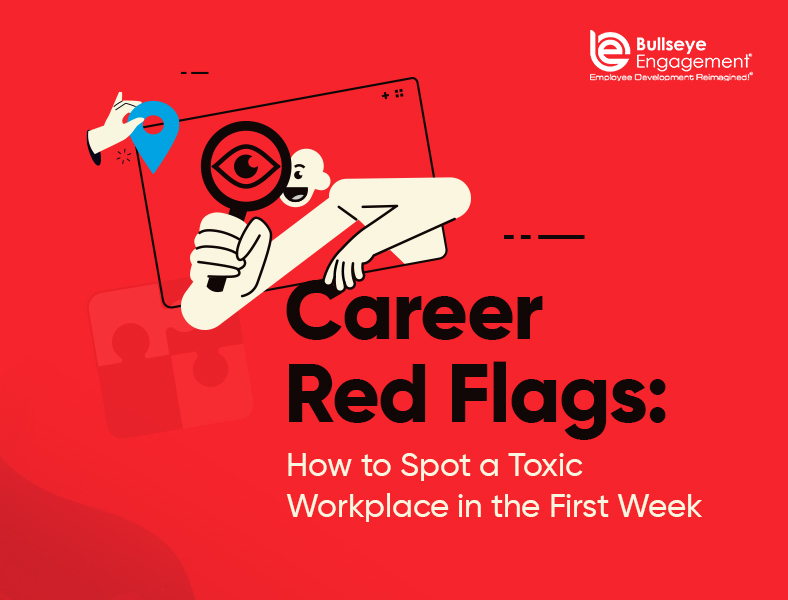As we move forward through these trying times, there’s one thing every organization could use more of: resilience.
Resiliency
(n) an ability to recover from or adjust easily to adversity or change (Merriam-Webster)
While becoming more resilient is largely a personal journey, employers and HR professionals still have the power to support workers at an organizational level to better prepare them to overcome challenges.
How? By focusing on employee engagement and effective communication.
An organization with engaged workers and good communication practices is set up to not only survive, but also to thrive.
These factors not only help an organization improve productivity, profitability, and quality—they are also the building blocks for overcoming complex challenges.
Read on to find out how to boost resiliency in your organization by leveraging employee engagement and communication…
P.S. We just released an entire (*free*) eBook about this topic if you’d like to dive a little deeper. Go here to download Creating a Resilient Workforce: Engagement and Communication are Key.
Why employee engagement matters
Engaged employees stick around through tough times—and they’re up for the challenge!
Companies with engaged employees are better positioned for changing market conditions and possible challenges. When employees are highly engaged, they view the organization’s problems as their own.
Even in difficult times, engaged employees stay motivated because they feel a personal responsibility for the success of the organization (Lombardo, 2014).
How to improve employee engagement
According to ADP Research on global engagement, these two factors have the biggest influence on employee engagement:
#1 – Teamwork
#2 – Trust in Team Leaders
Employees who say they are on a team are 2.3 times more likely to be fully engaged than those who do not work in teams (Chumney, Hayes, Wright, & Buckingham, 2019).
Additionally, a worker is 12 times more likely to be fully engaged if he or she trusts the team leader. Workers trust team leaders when they feel clarity about expectations and their strengths are recognized (Chumney, Hayes, Wright, & Buckingham, 2019).
Build a culture of teamwork
It’s not enough for leaders to inspire and align their teams. They also need to be good at connecting teams together and sharing information.
The best way to create great teams is not by selecting employees for their intelligence or accomplishments (Lombardo, 2014). Rather, leaders should learn how workers communicate and shape teams in ways that encourage successful communication patterns.
Build trust in leadership
The ADP Study identified these statements as having the strongest relationship to a worker’s trust in their leader:
- “At work, I clearly understand what is expected of me.”
- “I have the chance to use my strengths every day at work.”
To build trust, leaders should prioritize clarity and employee development opportunities.
Frequent 1-on-1 interaction between employees and leaders strengthens connection, builds confidence, and helps leaders understand how to best serve employees.
Leaders should ask individuals what they’re focused on, areas where they are unclear, and help them connect overall business objectives with their personal goals.
Consistency is key
The actions leaders can take to drive resiliency are relatively simple in theory.
Communicate effectively, create dynamic teams, build trust, and your organization can immediately reap many benefits.
But it is important to note that these initiatives must be ongoing to provide a long-term impact.
This isn’t something you can just set and forget.
Check-ins with employees must happen regularly and frequently, or employees will question whether engagement efforts are a real priority.
Leaders must continually serve as role models for the organization and always demonstrate their personal connection to overall business goals.
And above all, a culture of engagement and resilience should be infused throughout the entire organization at all times.
Want to learn more? Check out our free eBook: Creating a Resilient Workforce: Engagement and Communication are Key.
References
Chumney, F., Hayes, M., Wright, C., & Buckingham, M. (2019). The Global Study of Engagement. ADP Research Institute. 2-5, 22-36
Lombardo, M. (2014). FYI: For Your Improvement: Competencies Development Guide (6th ed.). New York: Korn Ferry.
